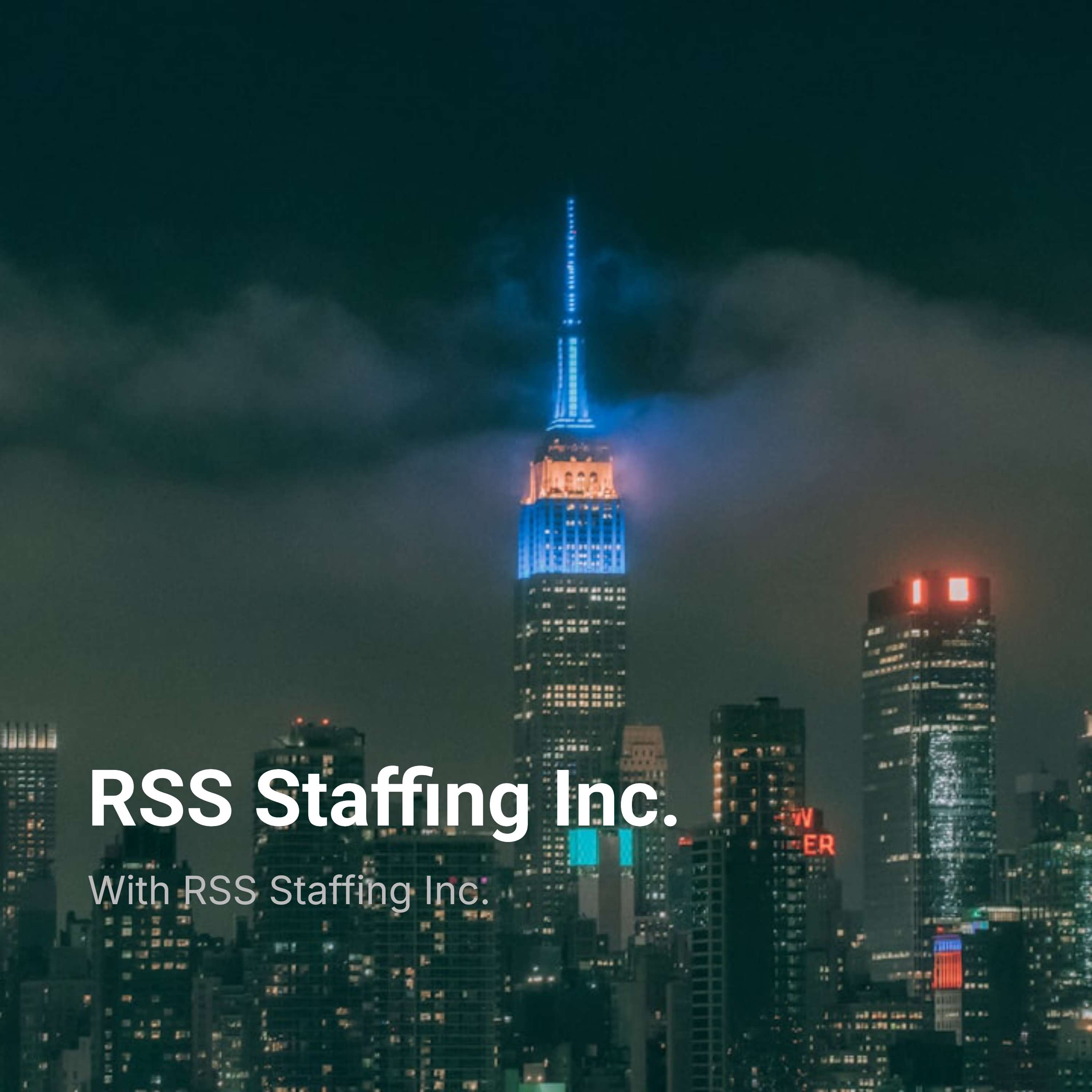In the modern industrial, logistics, and service environments, coverage waves—the strategic scheduling of supervisory oversight—have become an indispensable concept. When production floors, hospitals, distribution centers, or service hubs run 24/7, the supervisor-to-worker ratio defines far more than a reporting structure. It determines operational stability, incident response speed, labor efficiency, and ultimately, cost control.
In theory, managing ratios seems simple: assign one supervisor to a certain number of employees. In practice, it’s far more complex. The right number isn’t static—it shifts based on shift patterns, task risk levels, automation density, and the skill composition of the workforce. That’s where the math of coverage waves comes into play.
Coverage waves math helps leaders calculate how supervisory capacity overlaps across shifts and ensures there are no blind spots during transitions or high-demand periods. By mapping these coverage “waves” across time, companies can anticipate where supervision thins out—and where reinforcement is needed.
During periods of economic pressure, labor constraints, or safety incidents, the supervisory layer becomes the operational stabilizer. Supervisors bridge the gap between policy and practice—they translate strategic decisions into task-level execution.
Yet, under-coverage and over-coverage are both expensive:
In staffing terms, every point of inefficiency compounds daily. For example, a warehouse running three shifts at a 1:25 ratio might look stable on paper, but if each supervisor’s coverage overlaps by only 30 minutes between shifts, the operation experiences a 10% supervision gap per day—translating into hours of unsupervised work per week. Multiply that across a month, and you’re effectively running one entire shift per month without leadership presence.
Coverage wave modeling quantifies that loss.
The starting point for coverage math is the static ratio—how many workers report to one supervisor under optimal conditions. While industries differ, here are general benchmarks:
Industry Recommended Ratio Notes Manufacturing 1:15–1:25 Depends on automation and skill level Healthcare 1:8–1:12 Varies with patient acuity and shift type Logistics/Warehousing 1:20–1:30 Dependent on equipment use and safety protocols Construction 1:10–1:20 Weather and risk environment alter supervision needs Call Centers 1:12–1:20 Influenced by task complexity and software systemsHowever, these ratios only represent steady-state conditions—not real-time overlap or dynamic demand.
Coverage waves measure supervisory presence across time, not just headcount. The formula is simple but revealing:
Effective Coverage Ratio (ECR) = Total Workers per Shift ÷ (Supervisors × Coverage Overlap Factor)
Where:
Example: A logistics facility has 150 workers per shift and 6 supervisors. Each supervisor overlaps 30 minutes with the next shift, in a 10-hour day.
Coverage Overlap Factor = 0.5 ÷ 10 = 0.05 ECR = 150 ÷ (6 × 1.05) = 23.8
That means while the ratio appears to be 1:25 on paper, the true effective coverage is closer to 1:23.8, reflecting slightly improved supervision during overlap periods. If overlap dropped to 0.1 (6 minutes), the ECR would balloon to 1:24.9—a subtle but measurable loss of oversight.
This small difference compounds in environments where coverage gaps translate directly into errors, waste, or downtime.
Coverage density represents how supervision intensity fluctuates during peak operational hours.
It’s defined as:
Coverage Density (CD) = (Number of Supervisors on Duty During Peak ÷ Average Supervisors Per Shift)
A CD of 1.0 means coverage remains constant. A CD of 1.2 indicates 20% more supervision during high-demand periods—an intentional staffing cushion. A CD below 0.9 signals thinning supervision during critical periods, often leading to quality dips or delays.
When mapping coverage waves over a 24-hour schedule, you can visualize supervision as rising and falling tides—dense during starts and transitions, lighter during steady mid-shifts. The goal isn’t flat coverage, but intelligent coverage distribution that aligns supervision with workload intensity.
In sectors like energy, logistics, or manufacturing, thin supervisory coverage during handovers is where most OSHA-recordable incidents occur. Proper wave modeling reduces risk by ensuring overlap is concentrated at transition points, not wasted during low-activity periods.
Supervisors aren’t only monitors—they’re skill multipliers. A 1:20 ratio with well-trained leads under each supervisor can outperform a 1:10 ratio with no delegation framework. Coverage math therefore isn’t about shrinking ratios—it’s about optimizing span of control efficiency.
Each additional supervisory role adds fixed cost. Modeling helps identify diminishing returns—the point at which adding more oversight no longer improves output. For example, moving from a 1:30 to 1:25 ratio might increase productivity by 8%, but if it raises total labor costs by 15%, it’s a net loss unless tied to measurable quality improvements.
List every supervisor, their start and end times, and overlap intervals. Plot these visually across a 24-hour timeline.
Divide each shift into hourly or half-hour segments and record the number of supervisors on duty versus worker count.
Any time segment where the effective ratio exceeds your target (e.g., 1:25 in manufacturing) becomes a coverage trough—a red zone requiring adjustment.
Often, coverage improvement doesn’t require hiring—it requires re-staggering schedules so overlap aligns with peak transitions instead of idle hours.
Compare adjusted ratios against real-world indicators like error rates, downtime incidents, or output variance per hour. This validates whether improved supervision mathematically correlates to operational gains.
Here, ratios depend heavily on machine-to-human interaction. In high-automation plants, supervisors focus more on system monitoring than direct human oversight, allowing ratios as wide as 1:30. But in manual assembly or safety-critical operations, ratios shrink to 1:12–1:15, especially during new production line launches or high turnover periods.
The complexity of patient care makes this sector unique. Nurse-to-supervisor ratios fluctuate not only by department but by acuity level and shift timing. A night shift ICU might need 1:6 supervision, while a day shift outpatient setting can sustain 1:15.
Automation adoption (robots, AI scanning, conveyors) allows broader ratios—1:25 to 1:35. However, during peak seasons, many facilities narrow ratios temporarily to manage surges, creating coverage waves that move seasonally rather than daily.
Weather, site conditions, and subcontracting levels alter supervision requirements constantly. The “coverage wave” model is especially critical here since crew composition changes daily. Supervisors are often reallocated midweek based on project phase, equipment usage, or safety inspections.
Scalable coverage requires flexibility. As teams grow, fixed ratios break down without multi-tier supervision (e.g., leads, shift managers, floor supervisors). Mathematically, each tier can be modeled as a coverage layer, with its own ratio feeding into the next.
For example:
Total effective oversight ratio = 1:240 However, coverage wave math exposes that during changeovers, the effective ratio might widen to 1:300 if shift managers overlap poorly—creating temporary leadership vacuums.
When overtime hours spike or quality reports dip, it’s often a signal that supervisory coverage is lagging workforce growth. Using predictive coverage modeling, operations teams can forecast when to add new supervisory roles before performance declines.
What is the ideal supervisor-to-worker ratio? It depends on industry and risk level. Manufacturing and logistics often operate between 1:20 and 1:30, while healthcare or construction settings range from 1:10 to 1:15.
How do you calculate coverage waves? Map supervisory overlap across shifts and divide total workers by supervisors adjusted for overlap time (the “Coverage Overlap Factor”).
Why are coverage waves important? They ensure supervisory presence aligns with operational intensity, preventing under-coverage during shift changes and peak demand periods.
Can technology reduce supervision needs? Yes. Automation, digital tracking, and AI analytics can widen supervisor spans by providing real-time performance visibility—but only when paired with trained human oversight.
A supervisor-to-worker ratio defines how many employees report directly to one supervisor during a given shift or operational cycle. It’s a key measure of managerial oversight, communication efficiency, and overall workforce control.
The importance lies in balance: too few supervisors can lead to lapses in quality, safety, and morale, while too many create redundancy and drive up payroll costs. Ratios aren’t static—they evolve with technology, skill levels, and production complexity. When optimized, the right ratio ensures steady throughput, minimal downtime, and proactive risk management.
Coverage waves math is the analytical framework used to calculate and visualize how supervisory coverage fluctuates throughout the day or week. Instead of looking only at headcount, it measures the timing and overlap of supervision across shifts—essentially tracking the “waves” of leadership presence.
This model reveals when operations are under-covered (too few supervisors on duty) or over-covered (too many at once). By adjusting start times, overlap windows, and coverage density, managers can maintain consistent oversight without increasing total staffing costs.
The formula typically used is:
Effective Coverage Ratio (ECR) = Total Workers ÷ (Supervisors × Coverage Overlap Factor)
The Coverage Overlap Factor represents how much additional coverage time exists due to shift overlaps. For instance, if supervisors overlap by 30 minutes during a 10-hour shift, that’s an overlap factor of 1.05 (5% additional coverage).
If a shift has 120 workers and 5 supervisors: ECR = 120 ÷ (5 × 1.05) = 22.9 The true ratio is 1:22.9, slightly better than a flat 1:24 ratio. This refinement helps pinpoint efficiency gains or hidden supervision gaps across transitions.
Several variables shape the right ratio for any organization:
In short, ratios should be dynamic—not dictated by policy alone, but recalculated whenever operations change.
These ranges represent benchmarks, but most organizations fine-tune their ratios through continuous monitoring and productivity analysis.
When supervisors are stretched too thin, communication bottlenecks form. Errors go unnoticed, accountability weakens, and morale dips because workers lack access to consistent guidance. Over time, this manifests as higher turnover, missed safety checks, and lower quality output.
Operational data often reveals that beyond a certain threshold—usually 1:30 in physical labor environments—efficiency drops nonlinearly, meaning each additional worker per supervisor disproportionately increases risk and rework rates.
Excessive supervisory coverage creates role overlap and unclear authority lines. Workers receive mixed instructions, administrative tasks multiply, and labor costs rise without proportional productivity gains. For example, adding a sixth supervisor to a five-supervisor team doesn’t automatically increase efficiency by 20%—it may only yield marginal improvement if the team is already properly covered.
Coverage math helps organizations find the point of diminishing returns, where additional oversight no longer pays off.
Coverage troughs occur when supervisory density dips below the minimum effective threshold—often at shift changes, lunch breaks, or weekends. To locate them:
These are your troughs—moments when the organization is most vulnerable to downtime, errors, or safety incidents. Adjusting overlaps or staggering schedules can flatten these dips without hiring additional staff.
Automation doesn’t eliminate the need for supervision—it changes its nature. Supervisors evolve from task monitors to system analysts, overseeing dashboards, sensors, and performance data instead of individual actions.
As a result, ratios may widen—say, from 1:15 to 1:35—but only when the automated systems provide real-time visibility and alerts. Without digital transparency, overly broad ratios create “silent risk” where problems go unseen until after they’ve caused downtime or safety issues.
Seasonal or event-driven workforce expansions can distort ratios dramatically. If 100 extra workers are added for a short-term project without proportional supervisory reinforcement, effective coverage can fall below sustainable levels.
Organizations can mitigate this through:
These measures maintain supervisory consistency even when the core team structure stays unchanged.
Absolutely. Predictive workforce models integrate historical productivity, attendance, and incident data to forecast when coverage will fall short. By visualizing upcoming “coverage valleys,” operations teams can adjust schedules in advance rather than reacting to performance dips after the fact.
Some organizations pair predictive models with AI-based scheduling systems that dynamically recommend overlap adjustments to maintain optimal ratios during unpredictable volume spikes.
At minimum, every six months—but ideally, ratios are reviewed quarterly or after major operational changes. Triggers for review include:
Consistent auditing ensures your ratios evolve alongside your operation’s complexity, not lag behind it.
The goal isn’t to hit an arbitrary number—it’s to create balance between cost, coverage, and capability. Coverage waves math gives leaders a real-time map of supervision, ensuring the workforce is supported where and when it matters most. When properly implemented, it improves safety, reduces rework, and strengthens organizational confidence—turning supervision from a fixed expense into a measurable strategic asset.
Coverage waves math transforms supervision from an administrative metric into a strategic variable. Rather than asking “how many supervisors do we need?”, forward-thinking organizations ask “how can we model coverage for continuous oversight without overspending?”
When ratios are tuned correctly, they become a competitive advantage—producing fewer errors, higher morale, and more stable output. Whether you’re scaling a distribution network, managing hospital shifts, or coordinating a multi-site manufacturing operation, understanding your coverage wave profile is what separates reactive management from predictive control.

Labor strikes have long been a powerful tool for workers to assert their rights and negotiate better working conditions. However, when a strike occurs,...

Corporate strike security has become a critical aspect of maintaining business continuity and protecting assets during periods of labor disputes. This article delves into...

The solar energy industry is entering an exciting new chapter as it moves closer to becoming one of the dominant forces in the global...